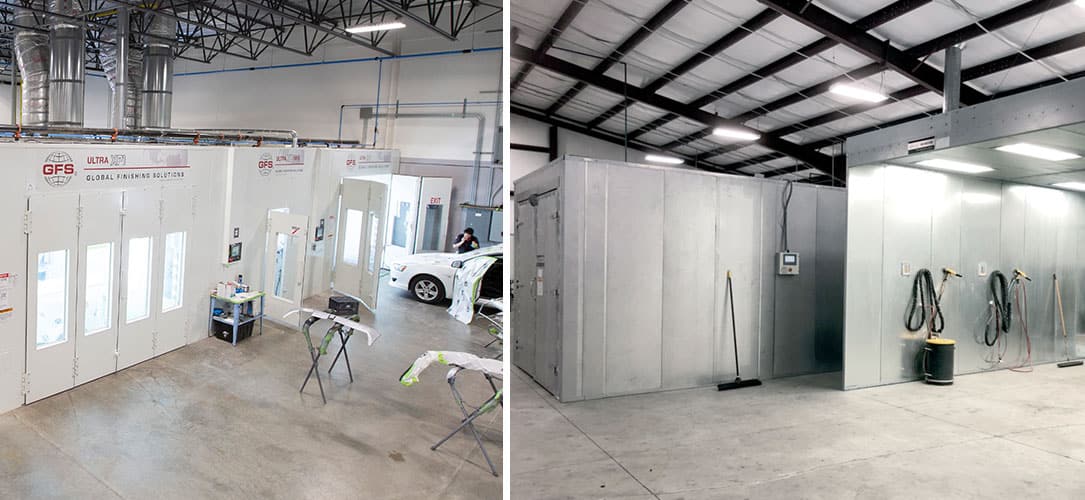
If your business purchased capital equipment this year, you can likely claim an immediate, first-year deduction when filing your taxes in 2021.
Bonus depreciation is a form of accelerated depreciation, a tax-saving tool that enables businesses to make an additional deduction of the cost of qualified property in the tax year in which it was put into service. Recent federal legislation sweetened the pot for businesses by giving them tax breaks to incentivize them to purchase capital assets.
When you buy property for your business that will be in use for more than one year, that property typically undergoes depreciation, as the cost is deducted a little at a time from three to 39 years. Depreciation prevents a business from suffering a major loss in the year they purchased capital equipment by spreading the cost out over several years — known as straight-line depreciation.
A Section 179 deduction offers first-year tax benefits. For businesses to be eligible for full Section 179 deductions, they cannot spend more than $2.5 million on capital equipment in one tax year, and their deduction limit is $1 million. Bonus depreciation, meanwhile, is not subject to an annual dollar limit.
With bonus depreciation, a certain percentage of the cost of capital equipment can be deducted in the year it was put into service, even after the Section 179 deduction is taken. The remaining cost can then be deducted in subsequent years using regular depreciation.
Bonus depreciation is optional, and a business is not required to take it when filing their taxes. However, most businesses choose to take advantage of bonus depreciation in order to claim the largest depreciation deduction possible and avoid paying as much in taxes on their profits.
Through the Tax Cuts and Jobs Act that Congress passed in 2017, bonus depreciation was increased from 50 percent to 100 percent for qualified purchases placed in service after Sept. 17, 2017. This means the full cost of equipment purchases are tax-deductible in the year they are placed in service.
The purchase of a paint booth and other finishing equipment from Global Finishing Solutions (GFS) by an automotive body shop, industrial manufacturer or wood finisher counts as a qualified purchase.
The 100 percent bonus depreciation amount will remain in effect until Jan. 1, 2023, meaning capital equipment purchased in 2020, 2021 and 2022 also qualifies. After 2022, bonus depreciation will be phased out according to this schedule:
Like regular depreciation and Section 179 deductions, bonus depreciation can be claimed only in the tax year in which capital equipment was ready for use. The IRS considers property to have been placed in service when it is “first placed in a condition or state of readiness and availability for a specifically assigned function.”
For example, if your business purchases GFS equipment in December 2020 but it is not installed until January 2021, you cannot claim bonus depreciation on that equipment for the 2020 tax year. On the other hand, if GFS equipment is installed in December 2020 but not used for the first time until January 2021, bonus depreciation can be claimed for the 2020 tax year because the equipment was ready and available for use.
Bonus depreciation is a fantastic way for your business to reduce the cost of capital equipment through tax breaks, increasing cash flow for your business. And if you invested in capital equipment in 2020 or plan to purchase in the next few years, the tax breaks are better than they ever have been.
The information in this article is not intended to be tax, legal or financial advice. Each business situation is different, and tax regulations frequently change. Before buying capital equipment with the intent to claim bonus depreciation, please consult your tax professional.
One of the best ways to highlight your business is through a story that you can share across your online platforms. It humanizes your business and shows that your business can make a meaningful impact. Your testimonial would be used as a project profile on the GFS Booth Blog and can be shared on your website and/or social media channels.
Complete this form and we’ll be in touch to showcase your company.

Shop a variety of GFS aftermarket products, including booth protection products and mobile accelerated curing units. And enjoy the convenience of fast and free ground shipping throughout the contiguous United States.

Located at GFS’ headquarters in Osseo, Wisconsin, the Center for Excellence is an innovative facility featuring an automotive refinish training center, as well as a separate space dedicated to technical product training.

GFS is continuously searching for talented, ambitious individuals to join our team. We aim to provide our employees with every opportunity to make an impact on the company and find their niche along the way — weather in a production, field services or an office position.